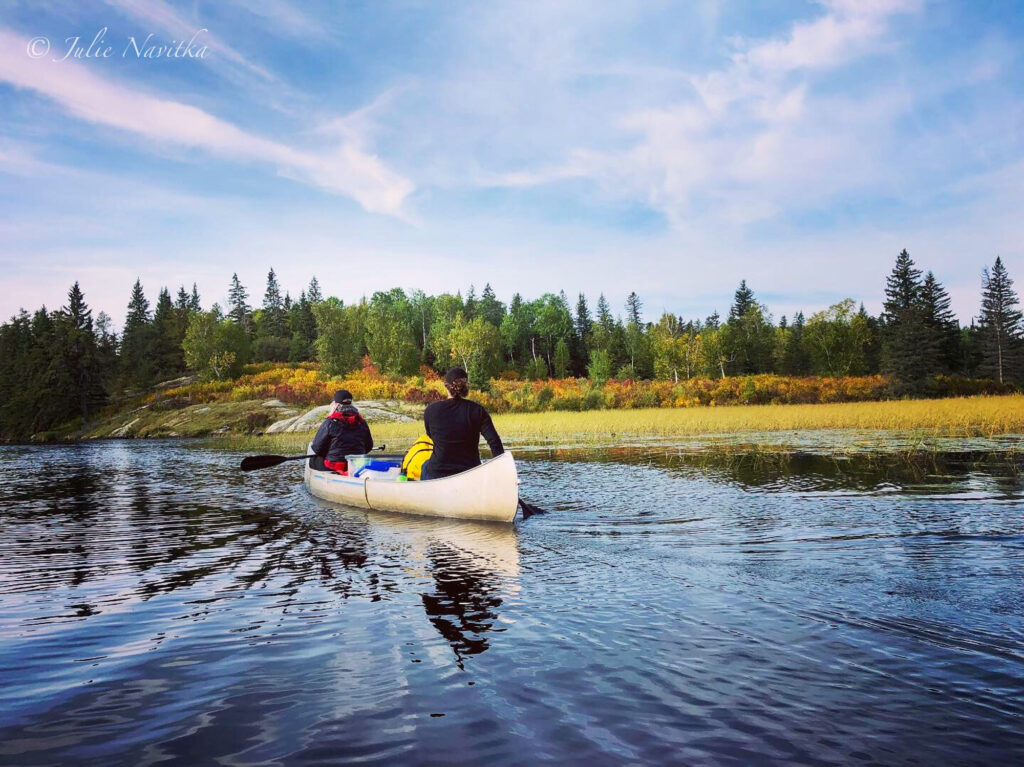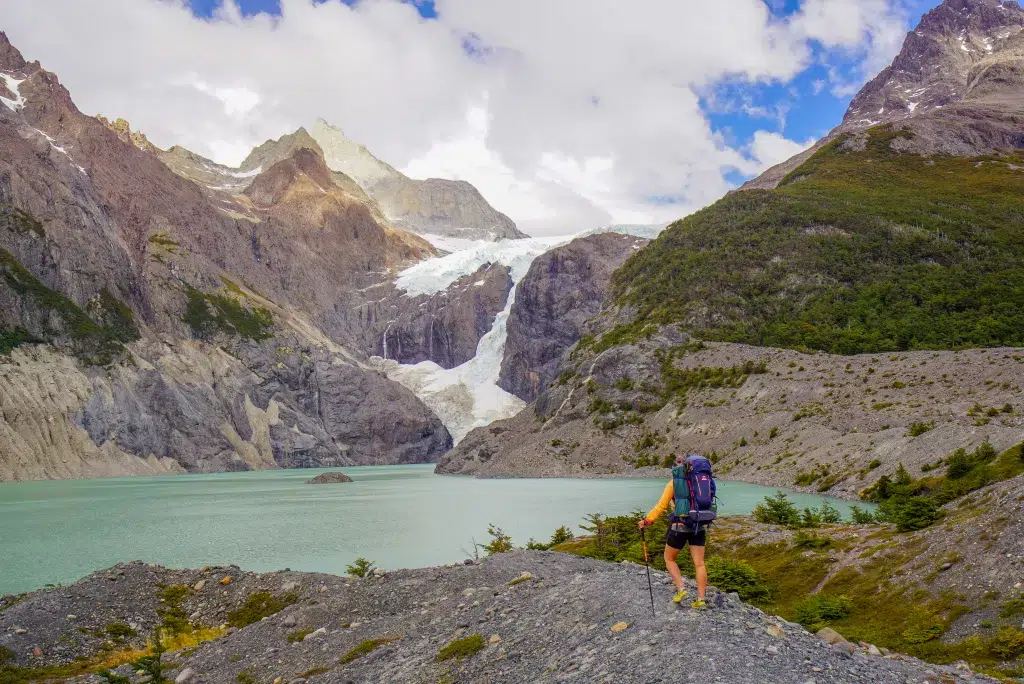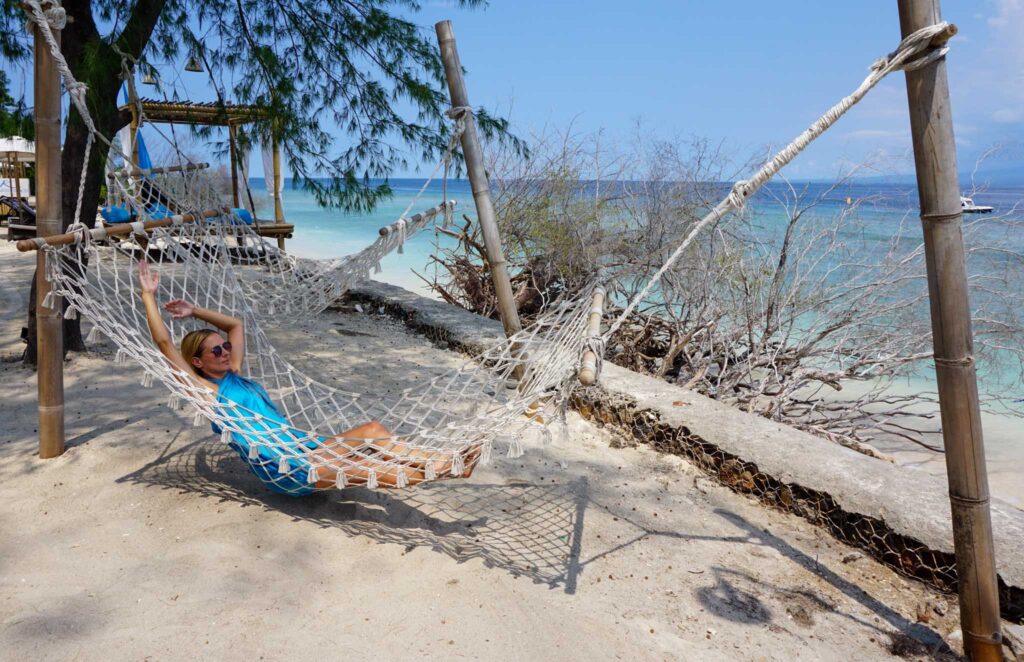Practicing Eco-Friendly & Safe Outdoor Recreational Water Activities
With summer around the corner, some of us dream about escaping the rat race and hitting the water. As with other recreational activities, we must be mindful of the environment when enjoying outdoor water activities. Practicing sustainable water recreation involves more than being conscious of our impact on wildlife and choosing environmentally friendly aquatic activities. If you want to ensure your outdoor water fun is the most sustainable it can be, read on!
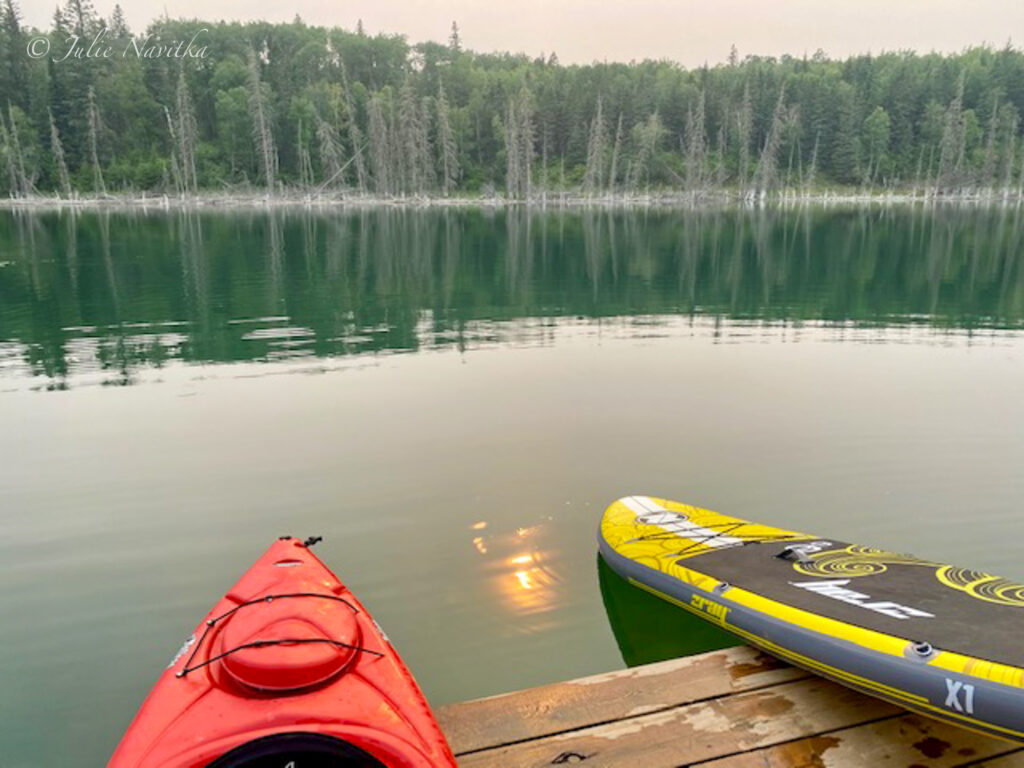
Environmentally friendly aquatic activities
Choose Non-polluting water activities
Although ripping around on a motorboat or jetski can be exhilarating, these water activities are not environmentally friendly. As we know, any vessel that uses gasoline as an energy source releases emissions into the atmosphere. According to the EPA, in the case of motors used on water – “small oil spills released from motors and refueling activities contain petroleum hydrocarbons that tend to attach to waterborne sediments. These persist in aquatic ecosystems and harm the bottom-dwelling organisms at the base of the marine food chain.” Not to mention the noise pollution these watercraft cause, disturbing both wildlife and other recreators trying to enjoy some outdoor water fun.
examples of Sustainable water sports
Choosing carbon-neutral aquatic pursuits that use your body for power or wind energy is critical for sustainable water entertainment. Water board sports have become incredibly prevalent water activities, and for a good reason – you can hone a new skill and get exercise when you opt for these renewable energy water sports! Choose between stand-up paddle-boarding, surfing, parasailing with a parachute, windsurfing, kayaking, white-water rafting, and more. Eco-friendly boating activities are also possible – try rowing, canoeing, sailing, or rafting if you crave a larger vessel.
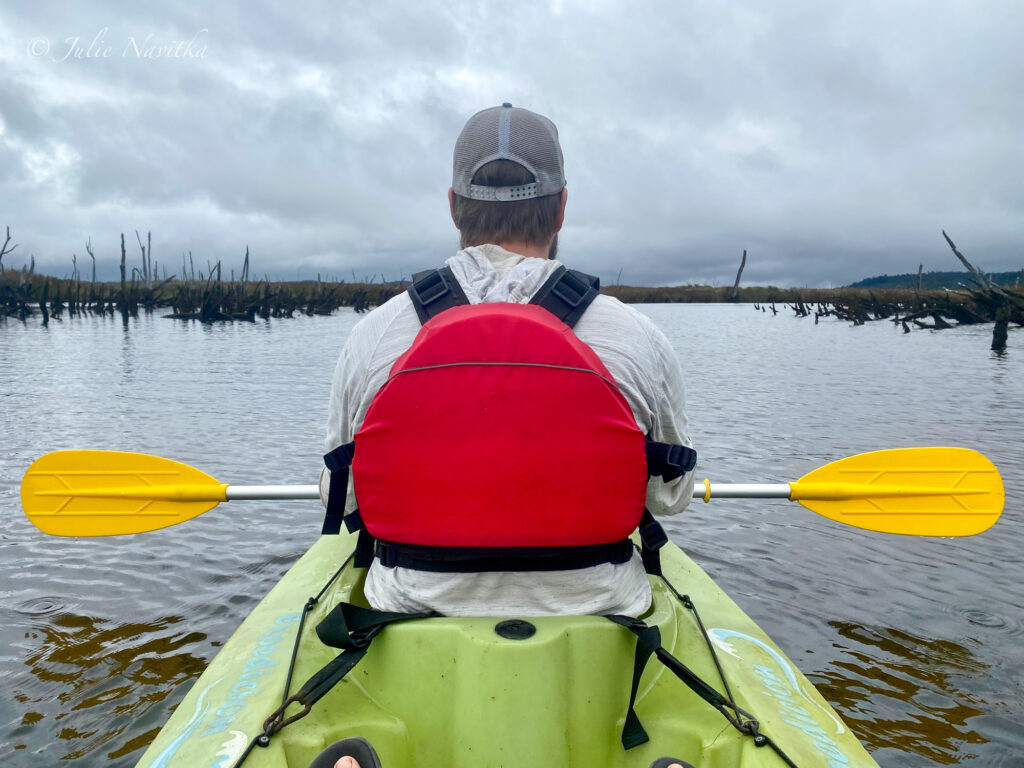
Where to practice Nature-friendly aquatic recreation
Where we choose to visit places with water for some fun is also an important factor in how sustainable our water recreation is. Before heading out to the nearest body of water for recreational purposes, there are some things to consider.
First, make sure that the place is open to the public. If it is privately owned, you would be trespassing if you visited. If it is owned by the municipality or otherwise but is not open for public use, it could be because it is being protected for ecological reasons, or because it is a sensitive wildlife habitat.
Research the area where you wish to pursue your eco-conscious water activity. Avoid any areas that might act as important feeding or breeding areas for wildlife in the region. This caution should also extend to the route you must take to reach your water adventure destination.
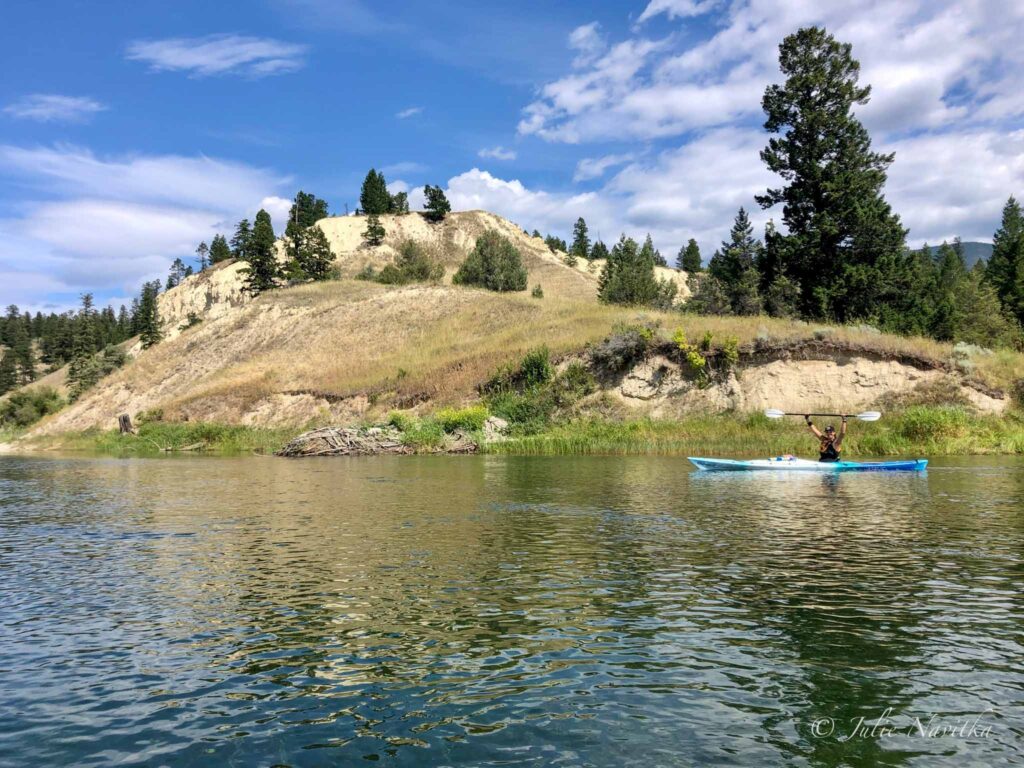
safe & Responsible outdoor water play
As a child, my parents had me in swimming lessons as early as I can remember. We spent most of our summer at my grandparents’ cabin on the lake, and my mom worried (as moms do) that one of us would fall in the lake when no one was watching. Until we could swim like pros, we had to wear life jackets even when playing on the dock. Water safety is no joke for kids, nor should it be during outdoor water activities for adults.
Wearing life vests, helmets, and other safety equipment necessary for responsible outdoor water fun not only keeps you safe, but also contributes to the sustainability of your recreation. The more water-seekers who require aid from rescue services, the more likely an area will be closed for use, and resources will be tied up due to irresponsible choices.
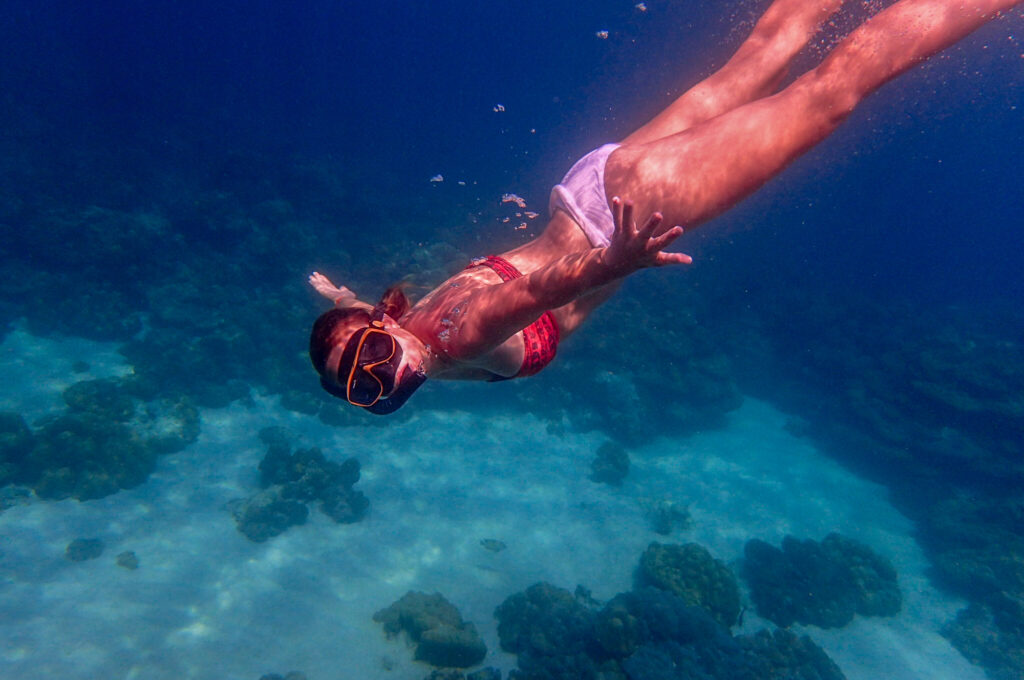
follow rules and regulations during recreational water activities
If there are restrictions or rules in place where you are planning your outdoor water fun, please follow and obey them. They may seem unnecessary or trivial to you, but typically, they are in place for a good reason. Know the fishing allowances, limits, or bans if you plan to hop aboard your sustainable fishing vessel. If called on by the area, properly clean the hull of your watercraft before and after using it in the water to avoid contaminating water bodies with invasive species. One example of this in my home province is the zebra mussel, which has overtaken almost every watershed. Another thing to note is that although the stones, shells, and driftwood may be pretty on the shoreline, practice your willpower and resist the urge to take them home with you. You never know what role they may be playing in the ecosystem!
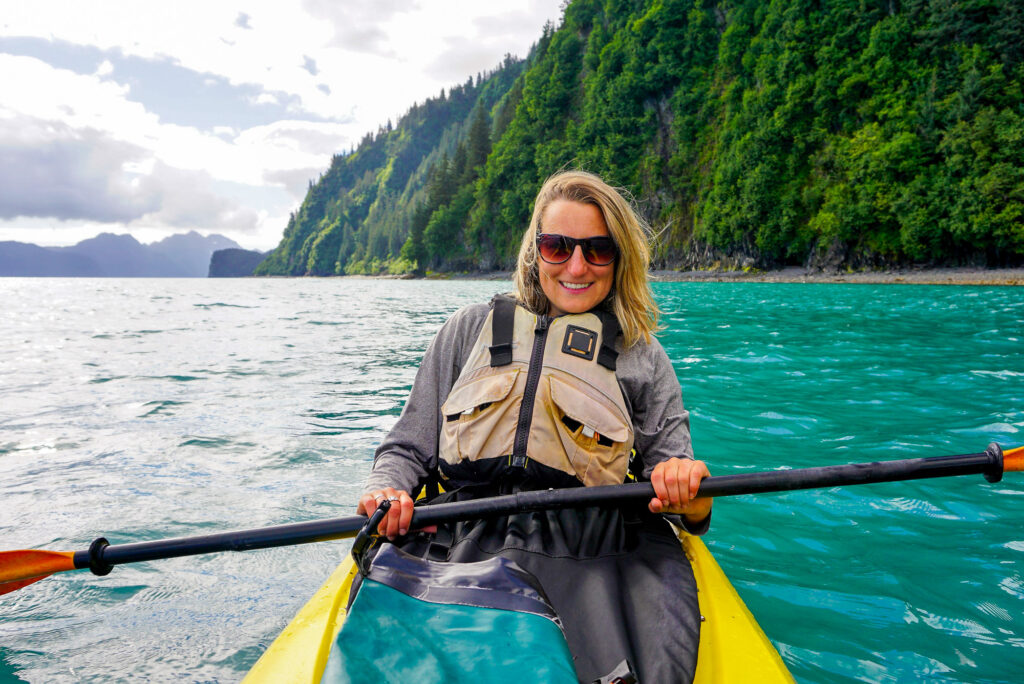
Wildlife-friendly recreational water activities
When it comes to wildlife, it should be remembered that we need to be mindful of proximity and intruding on an animal’s space. Although getting as close as possible for that optimal photo is tempting, approaching any creatures, including aquatic life, can cause stress to the animal. On top of that, if it feels threatened, it may attack, leaving you in harm’s way. Avoid getting too close to marine life, including plants, when snorkeling or scuba diving, Touching or standing on coral is also a no-no, something you may have learned if you’ve achieved your diving certification.
Something else to consider when practicing conservation-minded water sports is what you may be putting in the water. The sunscreen you choose may contain chemicals that can affect the health of coral reefs and other aquatic life. Choose reef-safe, non-nano mineral sunscreen to avoid this issue. Other products, like shampoos, soaps, and detergents, shouldn’t be used directly in lakes, rivers, or oceans, even if they are biodegradable. Use them at least 200 meters from the shoreline, allowing the soap to break down in the soil over time.
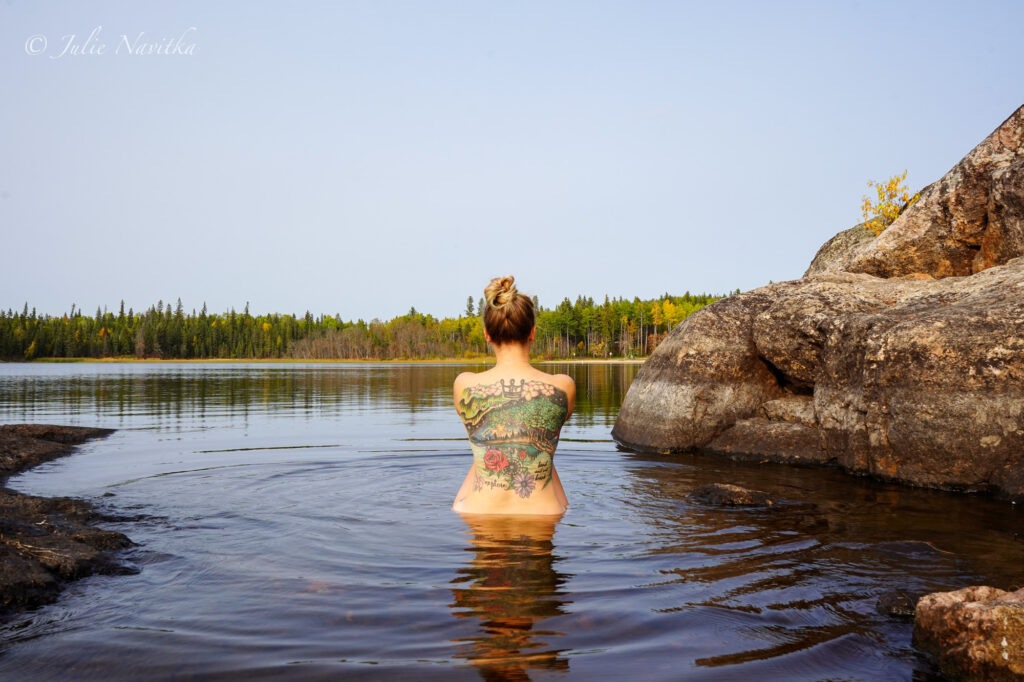
Eco-aware water adventure tours
There will be times when you need or want to employ the service of an outdoor operator or agency to plan your green, water-based adventures. Rather than simply searching “water adventures near me” and choosing the first company that pops up, take a few minutes to investigate. If you want to practice ethical water-based leisure activities, check out the sustainability policy of the agency you hope to use. Ask about their eco-friendly practices, including those related to wildlife conservation, waste management, and ethical treatment of employees. If they don’t provide clear, detailed answers, they may not be taking the environment, aquatic ecosystems, or people into account and you should steer clear.
Another red flag is any company that holds marine life captive or contained in an area or uses bait to attract them to you. These practices disrupt the natural habits of wildlife and can lead to dependency and loss of ability to survive independently. Sure, sea creatures are beautiful, but they are not here for our human water entertainment.
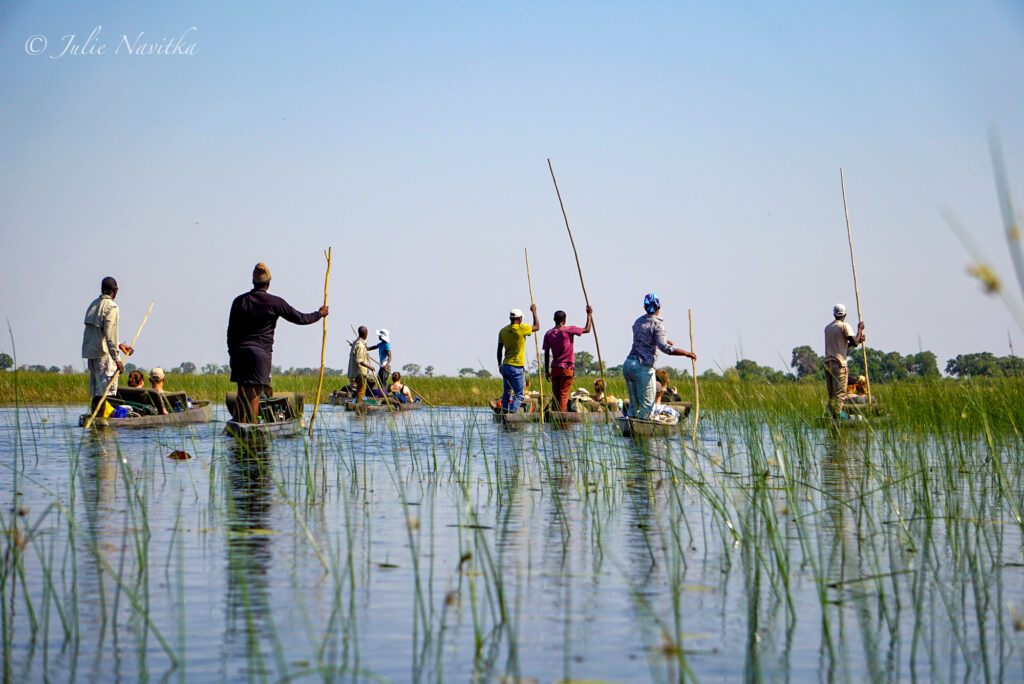
Gear for Low-impact water recreation
Last, but certainly not least, if we genuinely care about our environmental impact, we will do our best to choose gear that reflects this ideology. Opting for gear for any water sports made from eco-friendly materials plays a role here, too. Paddles might be made from FSC-Certified wood, kayaks, scuba fins, and masks can be created using recycled plastic, and some other water necessities are comprised of bamboo or bio-resins.
Another sustainable way to outfit yourself for recreational purposes is to buy used water sports equipment. Avoiding the creation of new products is always an eco-friendly choice! You may also decide to rent your gear for recreational outdoor water activities, or borrow from a generous friend or family member.
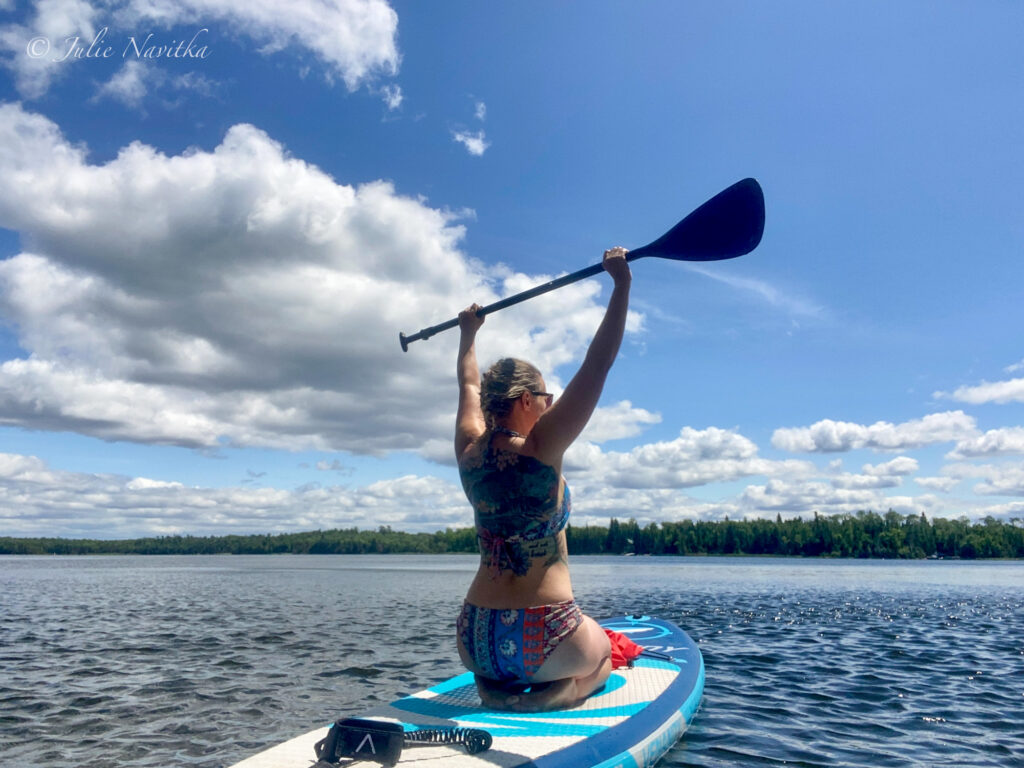
Final thoughts on eco-friendly recreational outdoor water activities
We all enjoy visiting the water for a fun, active, and exciting vacation or summer enjoyment. However, it’s important to remember that any water sports we choose will affect the environment or the ecosystem in some way. We can lessen this impact by using our new-found knowledge to choose eco-friendly outdoor water activities and taking some precautionary steps to ensure we practice sustainable outdoor water fun.
Time to grab your eco-friendly gear, picnic basket, some delicious food, and reusable bottles filled with your favourite drink and hit the coast!

